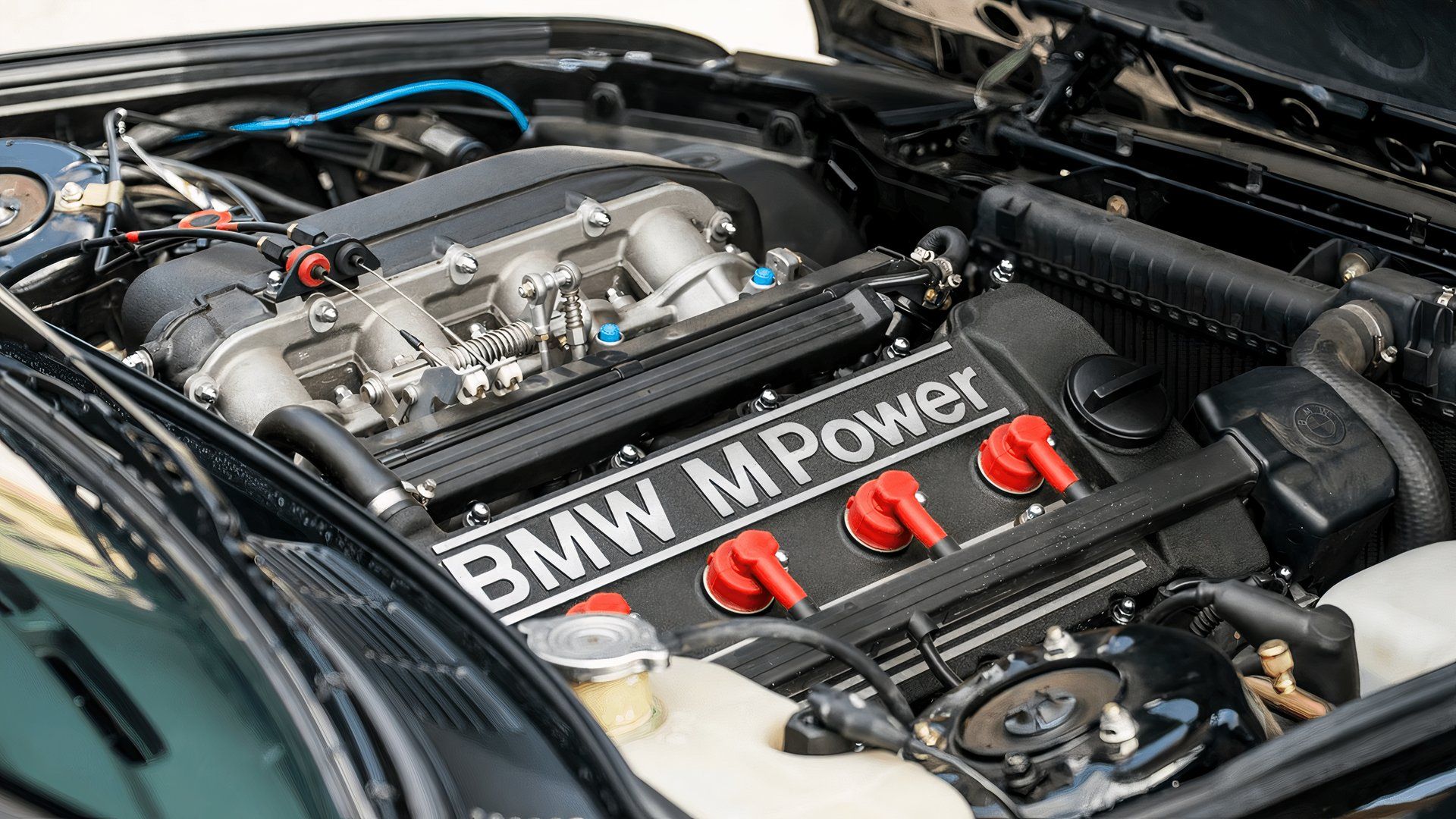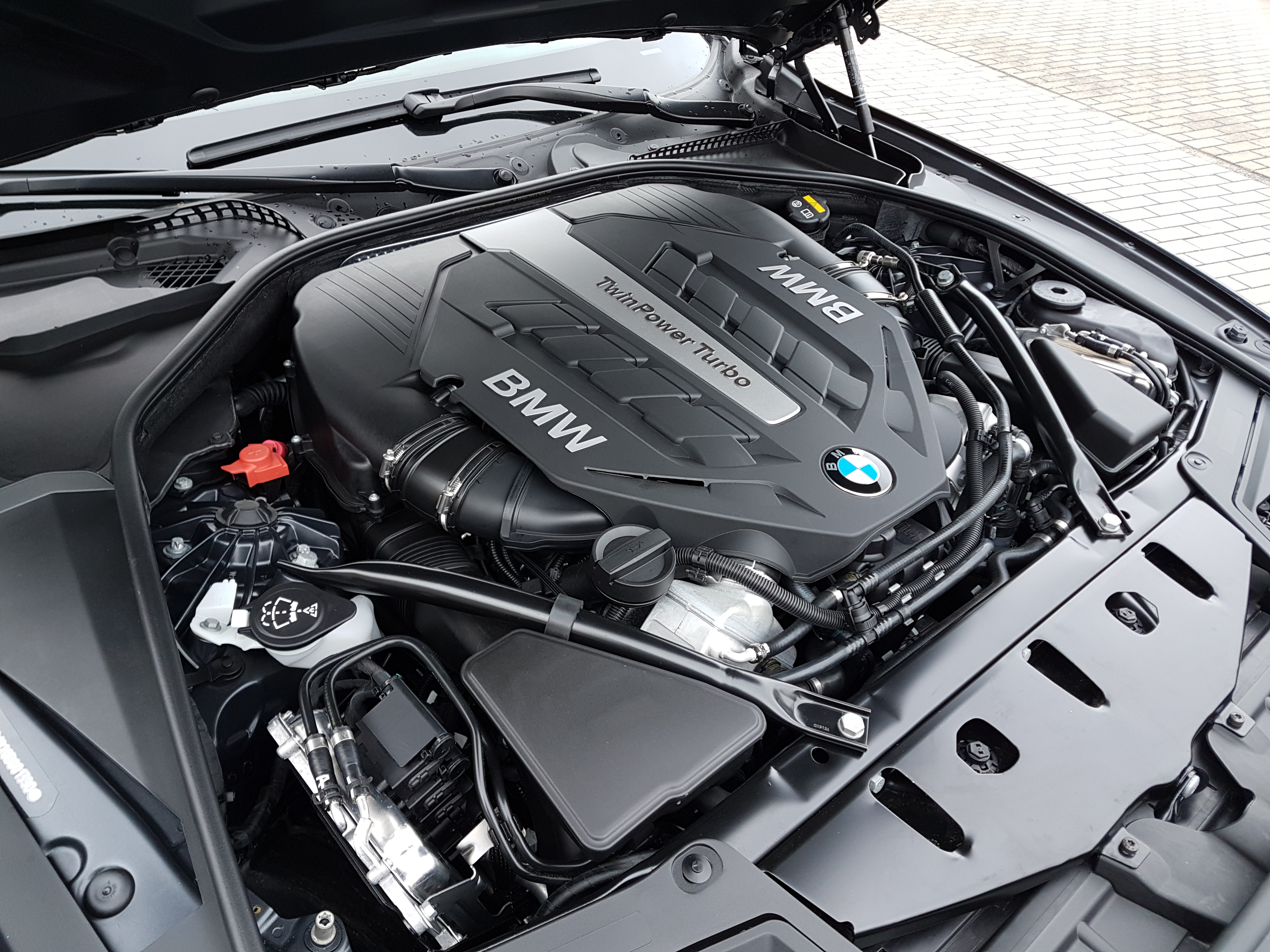Why the BMW Engine Is Thought About One of the very best in Luxury Vehicles
Why the BMW Engine Is Thought About One of the very best in Luxury Vehicles
Blog Article
Exploring the Evolution of Combustion Engines in Modern Transportation Solutions
As we browse the landscape of modern transportation, the evolution of combustion engines stands as a testament to human resourcefulness and engineering expertise. From their modest beginnings to the sophisticated giants driving automobiles today, burning engines have actually gone through an impressive trip of technology and adjustment. Recognizing the ins and outs of this development not only sheds light on the past but additionally leads the way for visualizing what lies in advance in the world of transport innovation. The interplay of background, innovation, and environmental concerns in forming the trajectory of burning engines produces a narrative that is both engaging and insightful.
Early Beginnings of Combustion Engines
How did the idea of burning engines first arise in the very early stages of transport growth? The roots of burning engines can be traced back to the 17th century when the principles of interior burning were first checked out.
The breakthrough moment featured the innovation of the initial successful gasoline-powered engine by Karl Benz in 1885 - bmw engine. This engine led the way for the development of the contemporary automobile, transforming transport systems worldwide. Subsequent technologies by Nikolaus Otto and Gottlieb Daimler even more improved combustion engine innovation, leading to the automation of cars and the quick growth of the transport sector
These very early burning engines were identified by their simpleness and performance, laying the foundation for the complex and powerful engines made use of in modern-day transport systems. The advancement of burning engines has actually been critical in forming the method we travel and transfer goods, marking a significant milestone in the background of transport growth.
Change to Internal Combustion Innovation
The transition to inner burning innovation noted a critical shift in the evolution of transportation systems. This shift began in the late 19th century, with developers like Nikolaus Otto and Gottlieb Daimler establishing the initial effective internal combustion engines. These engines revolutionized transport by using a more powerful and reliable option to steam engines and electrical motors.
Among the crucial advantages of inner combustion engines was their capacity to be scaled down to match lorries, resulting in the development of bikes and cars. This shift from cumbersome, stationary engines to portable, mobile ones led the way for the modern transport systems we see today.
The transition to inner combustion technology additionally spurred developments in gas technology, causing the development of gas and diesel as primary fuel resources for vehicles. This shift not just made transport a lot more easily accessible to the masses yet likewise laid the structure for the oil and gas industry to end up being indispensable to global economic climates.
Effect of Combustion Engines on Transportation
The adoption of burning engines in transport systems catalyzed a profound shift in the performance and rate of global wheelchair. Combustion engines transformed transport by giving a reputable and functional source of power for different lorries, including vehicles, aircrafts, ships, and vehicles. This technology significantly boosted the ability for products and individuals to conform cross countries in much shorter period, leading to boosted connection in between regions and nations.
Additionally, the extensive use combustion engines has had a considerable influence on economic advancement. The capacity to move items best site successfully has actually stimulated profession and commerce, allowing businesses to expand their markets and reach consumers worldwide. This has actually assisted in financial development and globalization, as products can now be carried quicker and in larger quantities than in the past.
Nevertheless, the environmental influence of burning engines can not be forgotten. The burning of nonrenewable fuel sources has led to air pollution and greenhouse gas exhausts, adding to climate adjustment and posturing wellness dangers to populaces. bmw engine. Because of this, there is a growing focus on establishing alternative propulsion modern technologies to alleviate these negative results and produce a more sustainable future for transport
Advancements in Combustion Engine Style
One noteworthy development is the advancement of turbocharged engines, which use exhaust gases to drive a turbine that compresses inbound air, permitting for even more gas to be scorched, resulting in enhanced power outcome without a significant increase in engine dimension. Variable shutoff timing systems have actually likewise transformed engine design by maximizing air informative post movement at various engine speeds, enhancing both power and efficiency. These technologies jointly contribute to the continuous improvement of burning engines in contemporary transportation systems.
Future Fads in Burning Engine Advancement
With modern technology developments driving continual development, the future of burning engine growth is poised to reinvent transport systems worldwide. One of the vital trends in burning engine development is the push in the direction of greater performance and minimized discharges.
An additional prominent pattern is the adoption of crossbreed technologies in combustion engines. Crossbreed engines incorporate traditional combustion innovation with electrical power, offering improved fuel effectiveness and reduced emissions. As the automobile market changes in the direction of electrification, crossbreed burning engines are viewed as a transitional solution that bridges the space in between standard vehicles and fully electric ones.
Additionally, the assimilation of clever technologies, such as man-made knowledge and information analytics, is anticipated to play a substantial duty in the future of combustion engine development. These technologies can optimize engine performance official site in real-time, resulting in much more effective combustion processes and improved general lorry efficiency. Embracing these future trends will not only drive innovation in combustion engine development but also add to a much more ecologically pleasant and sustainable transportation ecological community.

Verdict
In conclusion, the advancement of burning engines in contemporary transportation systems has actually been marked by significant advancements in modern technology and layout. From the early beginnings of burning engines to the shift to internal burning innovation, these engines have had an extensive effect on transportation.
The origins of combustion engines can be mapped back to the 17th century when the concepts of internal burning were very first explored. These engines revolutionized transport by providing an extra effective and powerful choice to steam engines and electrical motors.

Report this page